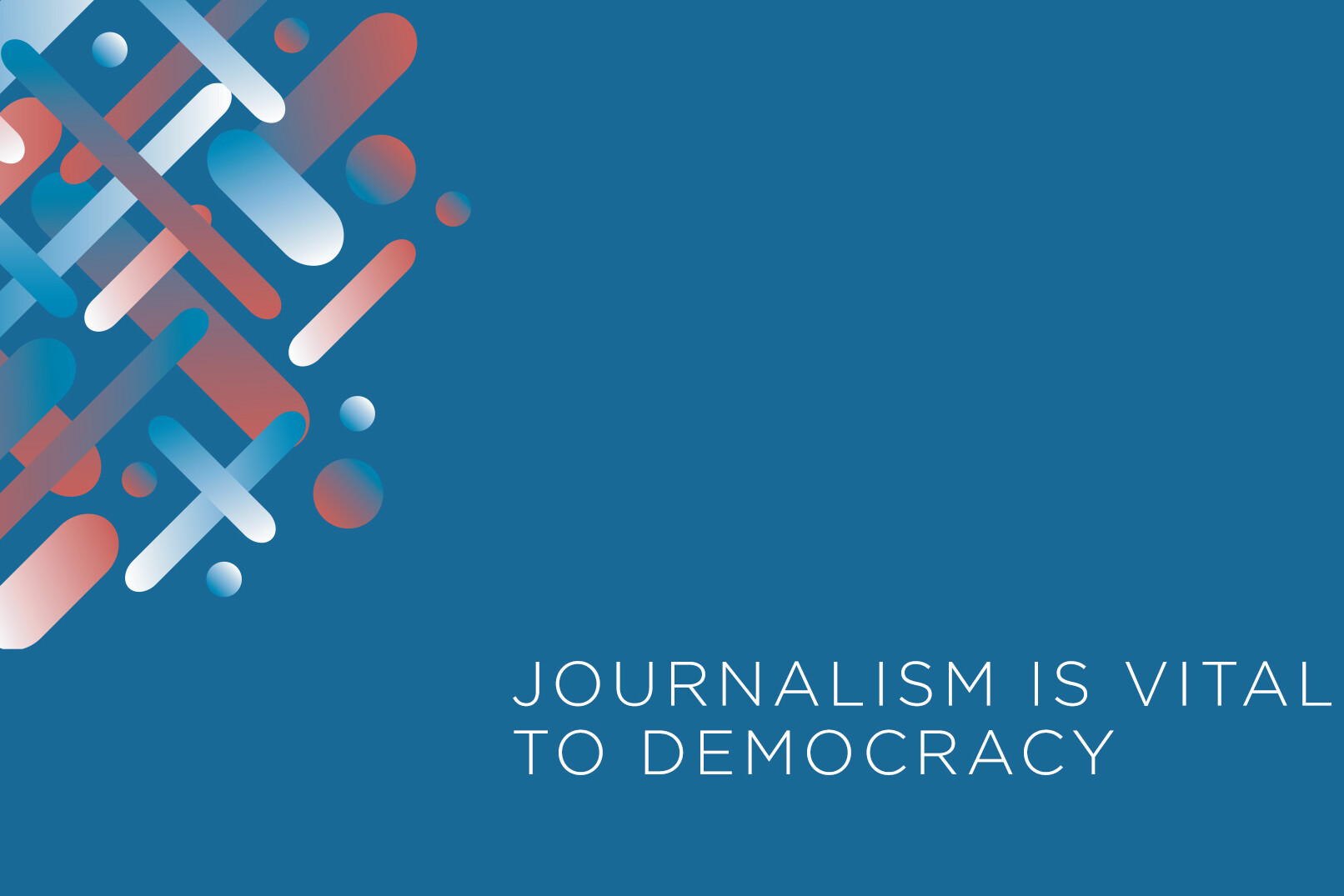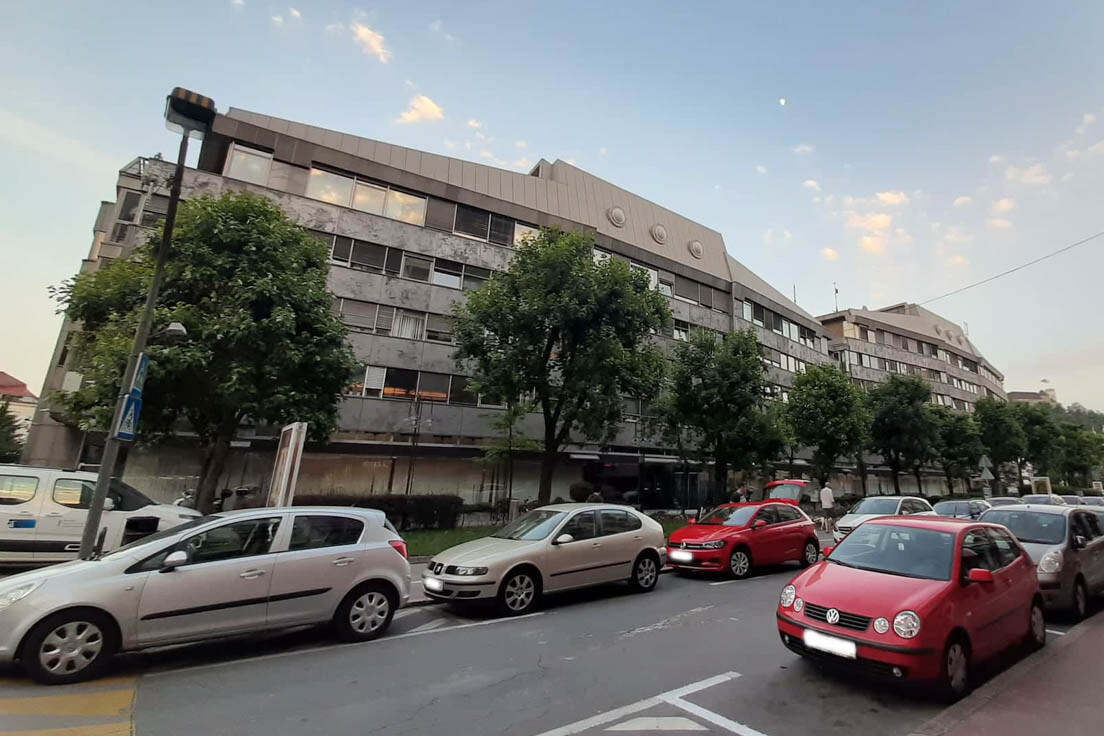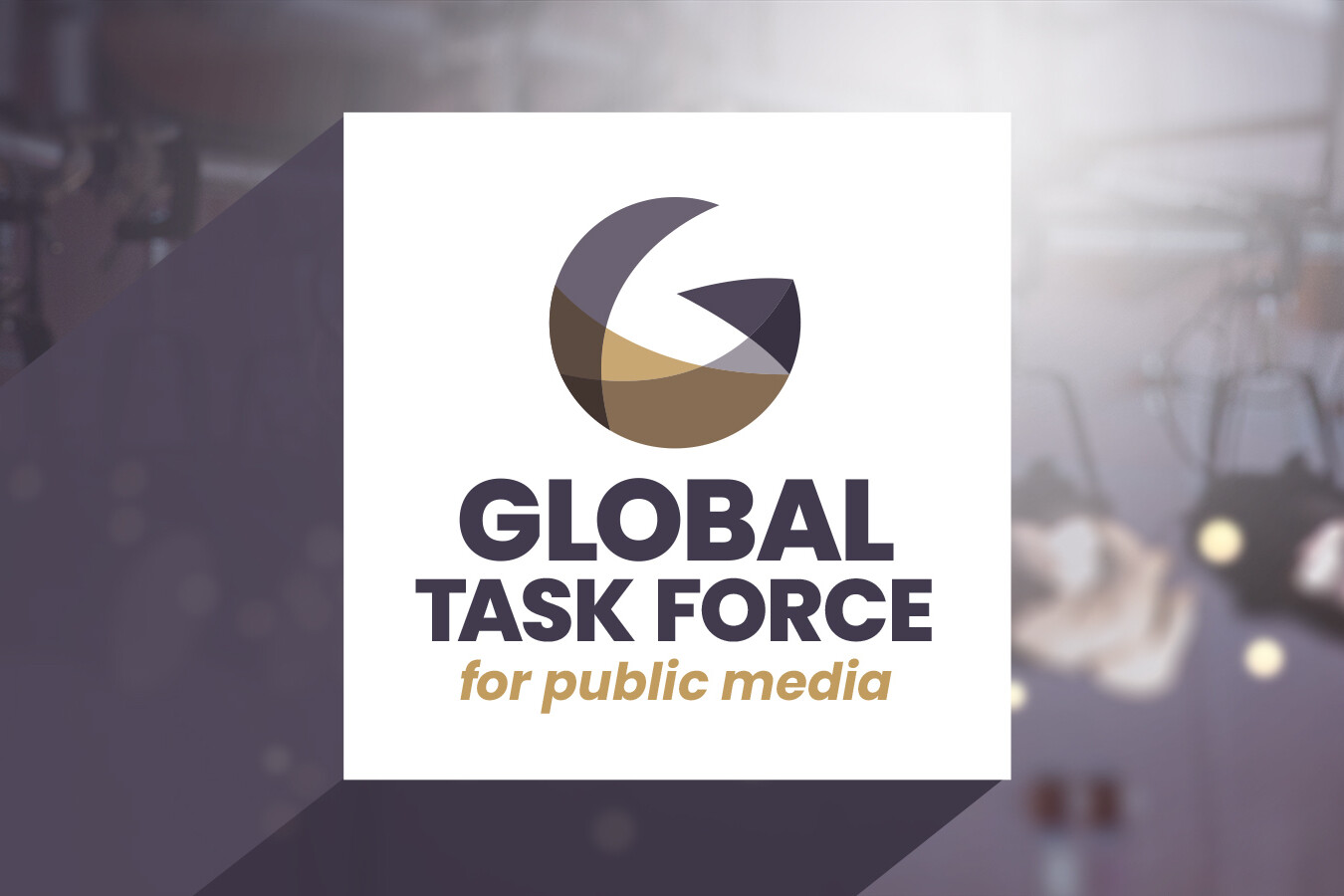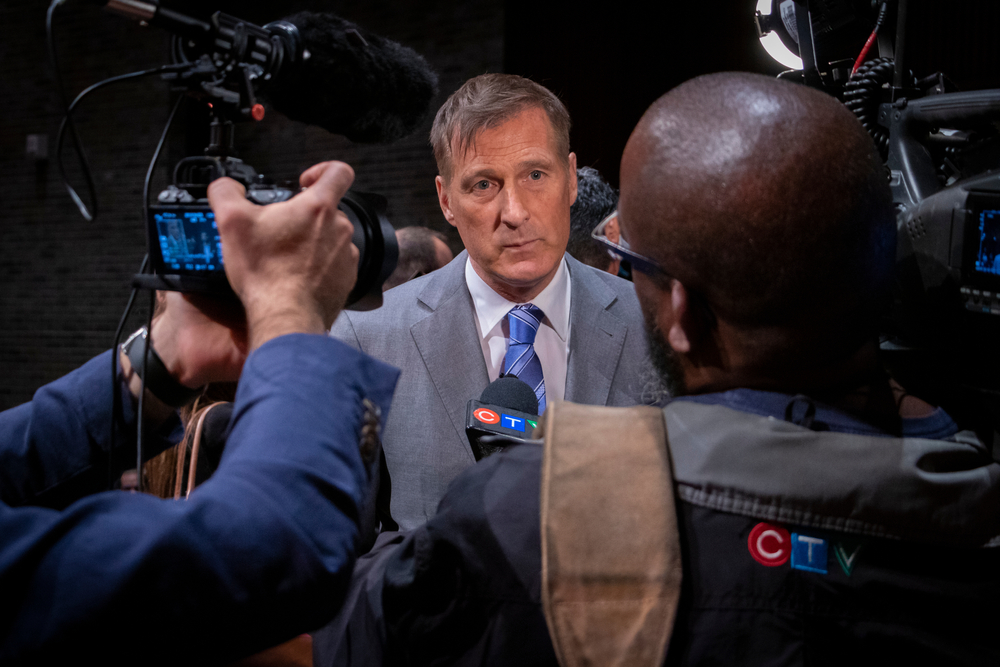Facebook’s updated designation of journalists as “involuntary” public figures is a much needed, long overdue, and welcome change; but it does not address all the problems.
The social media giant announced last week that journalists and human rights defenders would be provided greater protection against online bullying and harassment. Such groups have now been defined as “involuntary” public figures, which Facebook’s Global Head of Safety, Antigone Davis, said would give them the same “protection from harmful content, for example content that ranks their physical looks, as other involuntary public figures do.”
Social media has long been a place where journalists can directly and immediately communicate with the public, and it provides an important place in the quick transaction of reportage and information. But such access has opened public-facing individuals up to abuse and harassment, which technology companies have long failed to moderate. Just last month PMA joined other public media and international organisations in signing the Brussels Declaration, a statement calling for journalist safety.
“The rise of online abuse targeting journalists, especially women and racialised journalists, is an urgent issue that requires our urgent attention,” said Catherine Tait, President and CEO, CBC/Radio-Canada. “Journalism is vital to democracy, and journalists and media professionals must be able to do their work without these unconscionable attempts to silence them.” Journalists in Canada were subjected to abuse after the People’s Party of Canada Leader Maxime Bernier used Twitter to insult three reporters, and encourage his supporters to “play dirty” with journalists covering his campaign.
Response to Facebook’s new initiative to increase protection came after whistleblower accusations about the site’s moderation policy. The Canadian Association of Journalists president, Brent Jolly, told The Canadian Press (via The Toronto Star) that while it was a welcome move, a long-term fix “will require co-ordinated efforts on the part of many organisations and institutions to resolve.”
There are other problems as well. A BBC investigation found a troll account they set up was “then recommended more and more anti-women content by Facebook and Instagram, some involving sexual violence.” Moderation is also an issue: the investigation cited research from the Centre for Countering Digital Hate, which found 97% of 330 accounts sending misogynistic abuse on Twitter and Instagram remained on the site after being reported.
Labelling journalists as “involuntary” public figures is a much-needed correction. Public media journalists are public servants – carrying out a crucial role in holding power to account; they are funded by the people, and work for the people, in uplifting democracy. While journalists should not be free from criticism, much of the online vitriol goes beyond this and strays into abuse, hate and harassment, often along gendered or racialised lines. Around the world, such attacks have also been fostered, encouraged, and directed by political figures, which can contribute to an atmosphere of waning media freedom, and increasing intimidation and self-censorship. Online abuse increasingly inspires physical abuse, and journalist safety has worsened since the start of the pandemic.
While we wait to see how the new policy will be enacted and interpreted, it is encouraging to see Facebook recognise how vulnerable journalists are to abuse. But the attacks are cross-platform, and unilateral moderation is not fast enough nor encompassing enough to protect them. PMA hopes this is just the beginning of greater moderation against the online abuse of journalists and encourages a multi-pronged, multi-stakeholder strategy to better protect journalists.
Header Image: Woman holds smart phone with Facebook application on the screen. Credit: Jirapong Manustrong / Shutterstock.com
Related Posts
30th September 2021
Brussels Declaration: PMA joins public media and international organisations to call for journalist safety and media freedom
Today, public service media companies…
30th September 2021
In support of the Brussels Declaration, a new global initiative to protect journalists and media freedom
All eight members of the Global Task…
24th September 2021
Canada: PMA deplores online harassment of journalists
PMA joins CBC/Radio-Canada in voicing…



